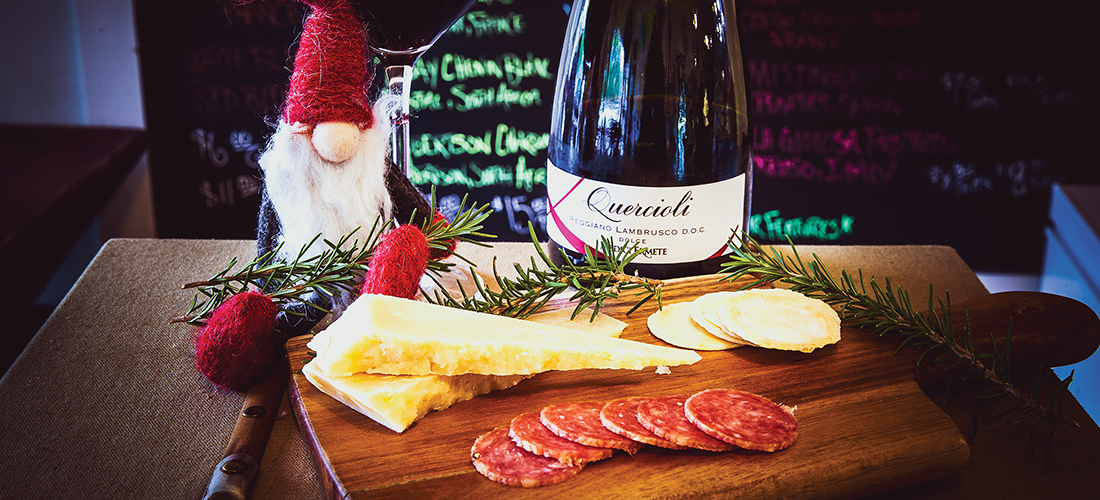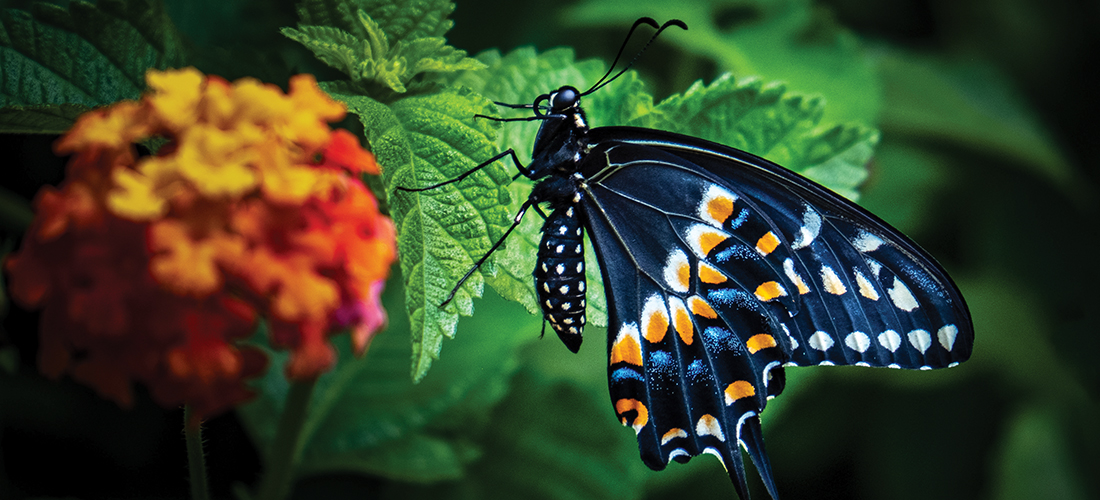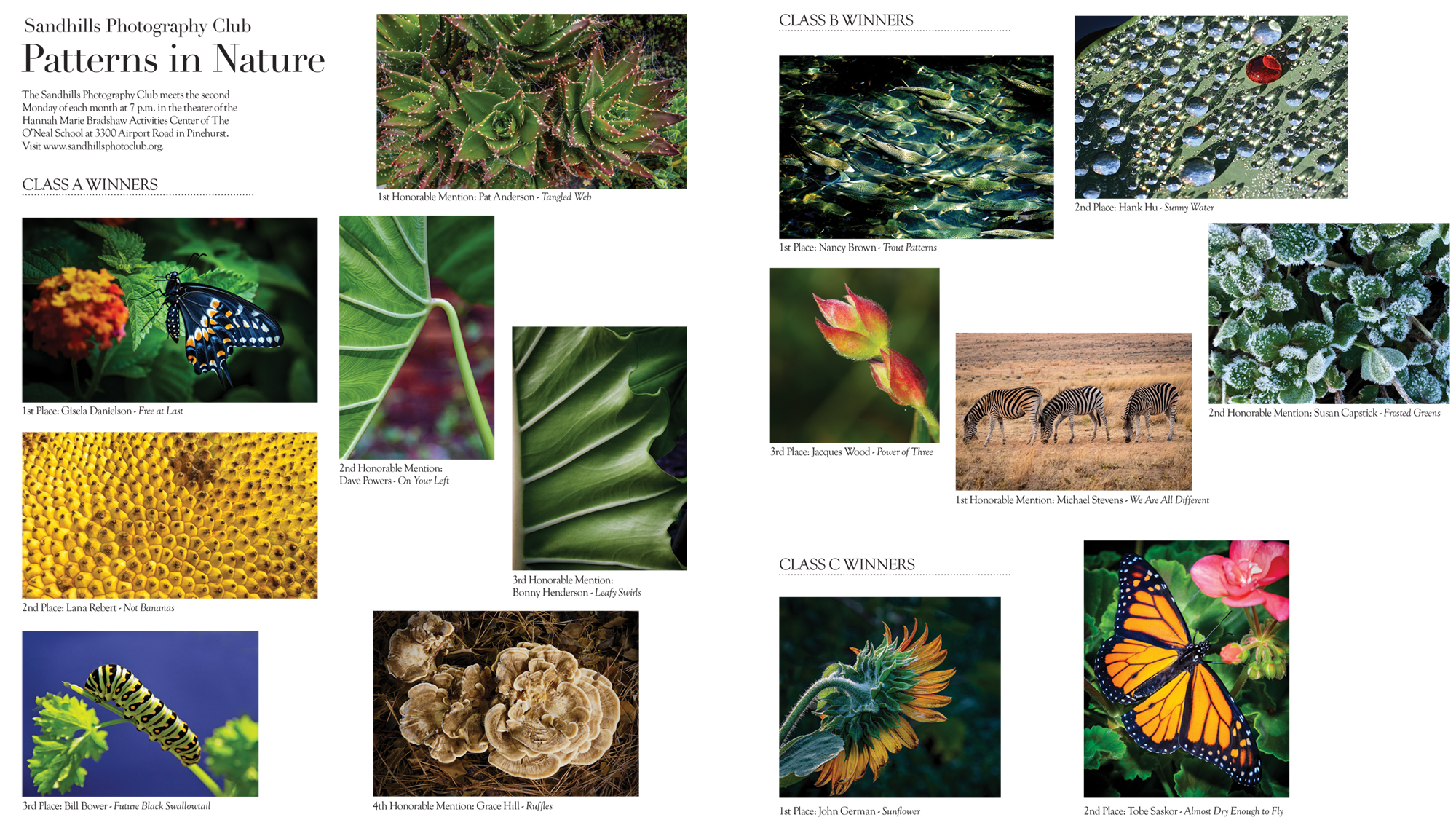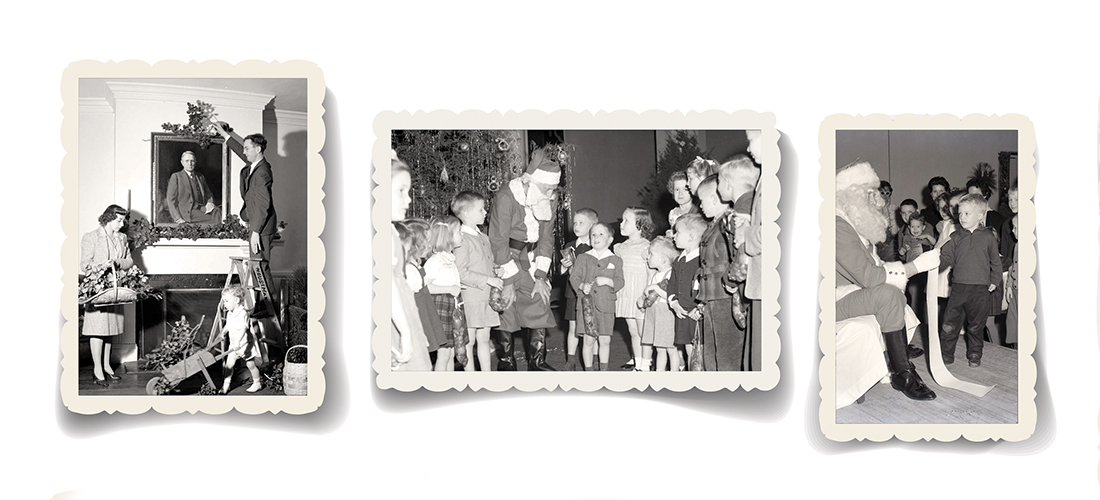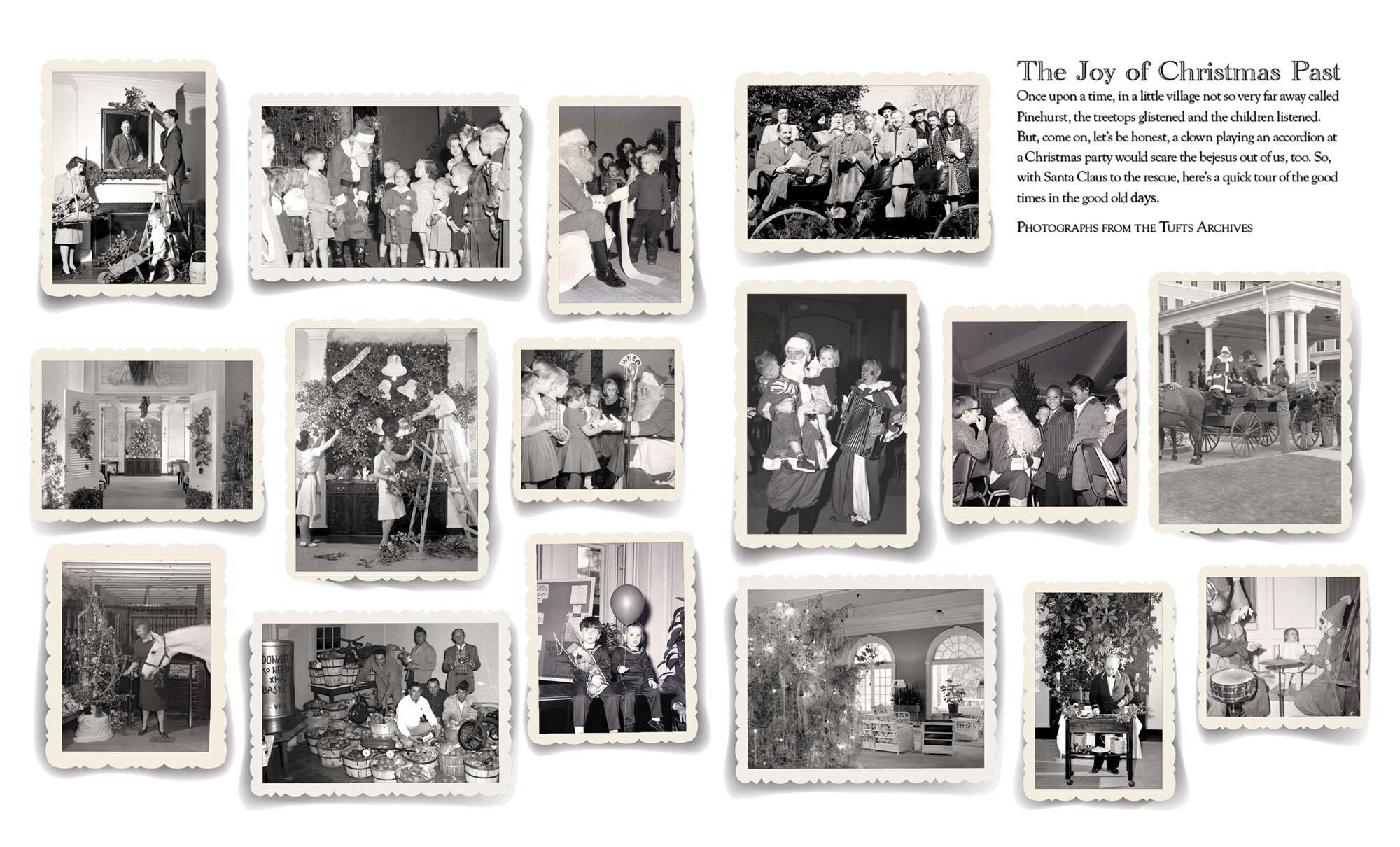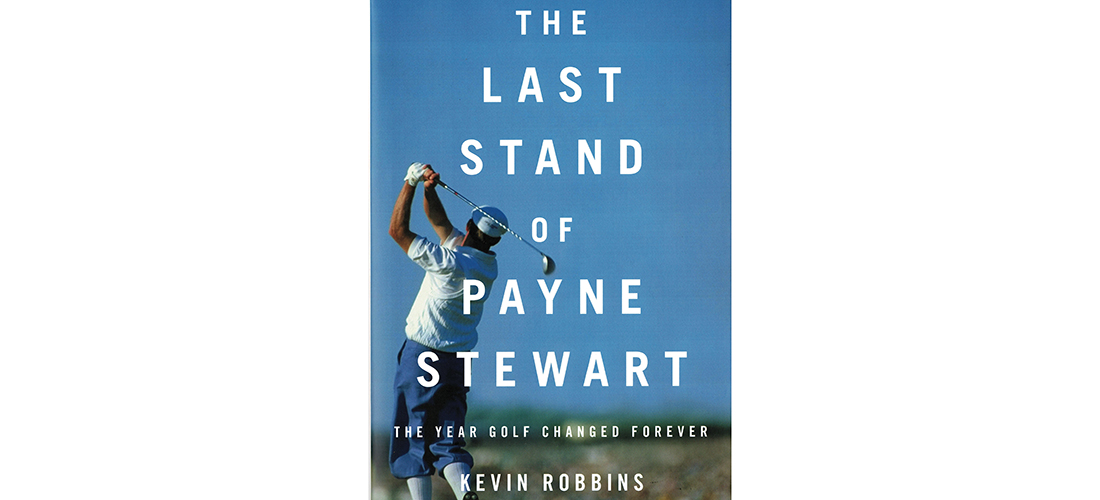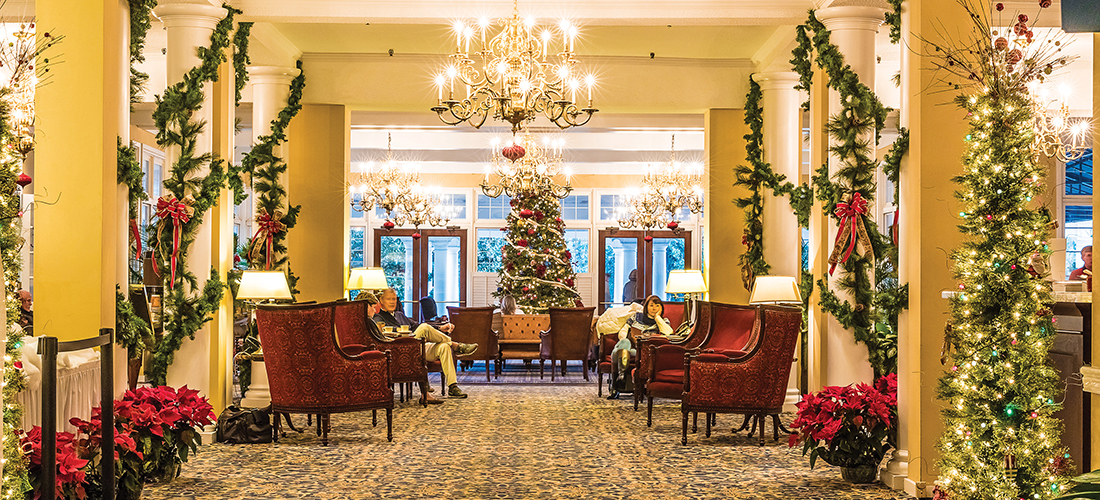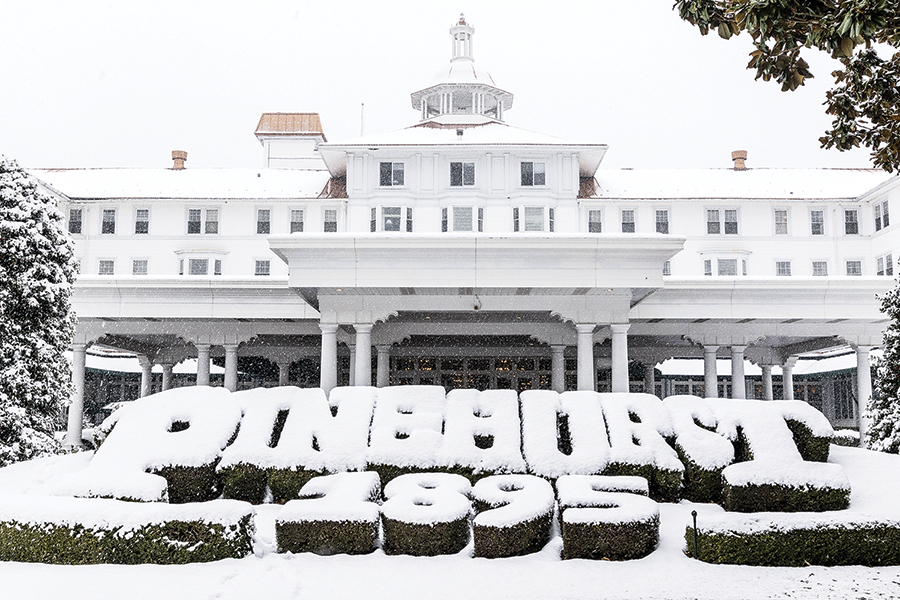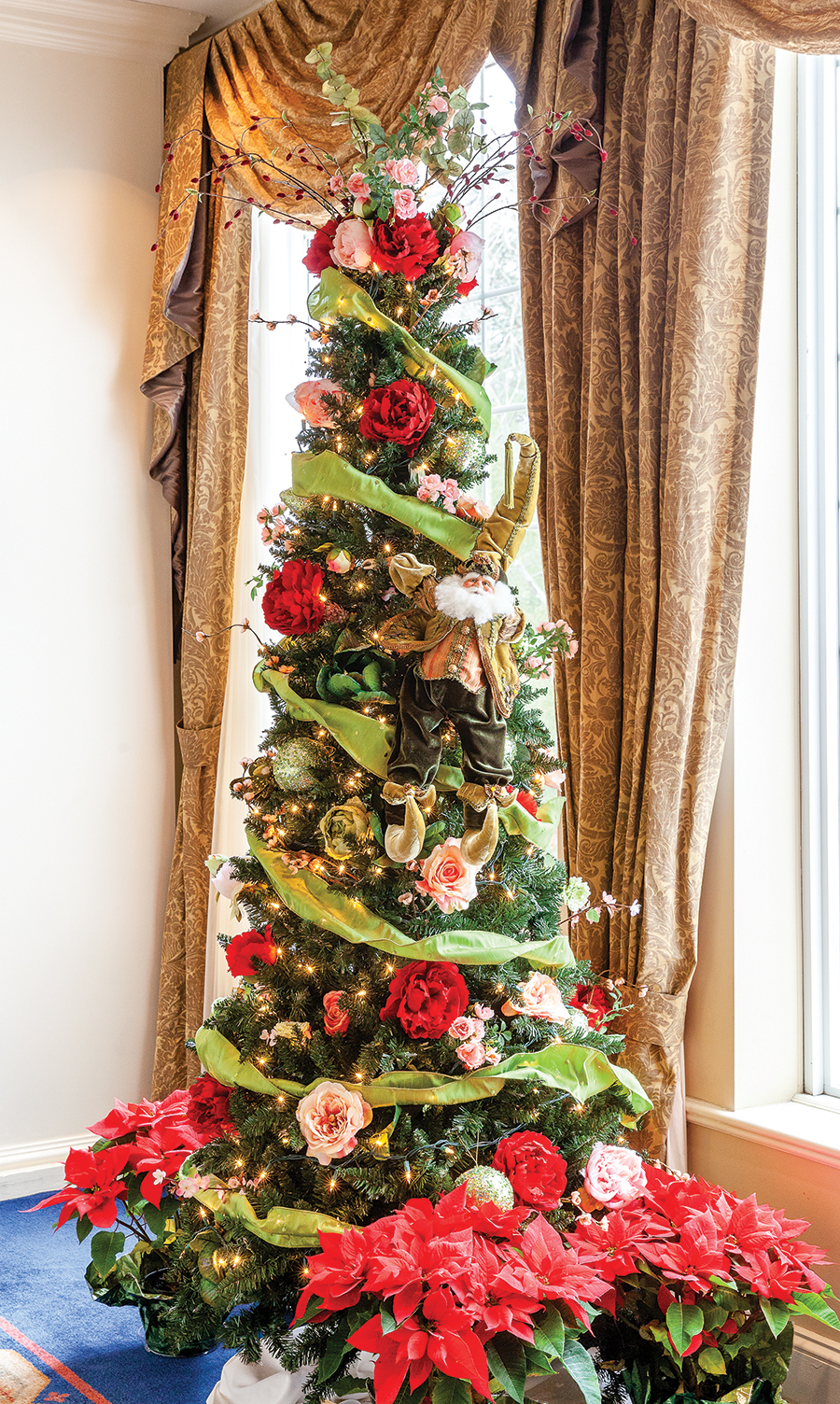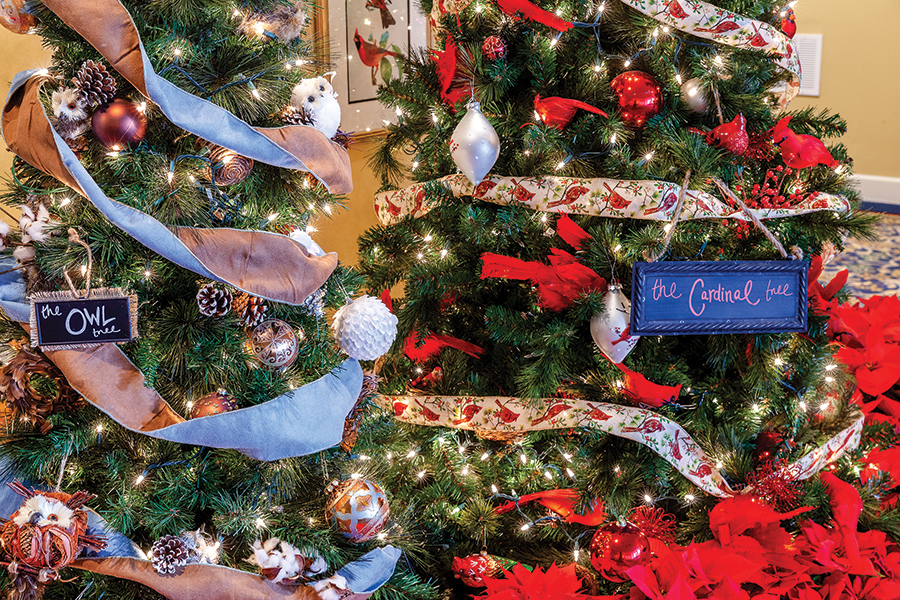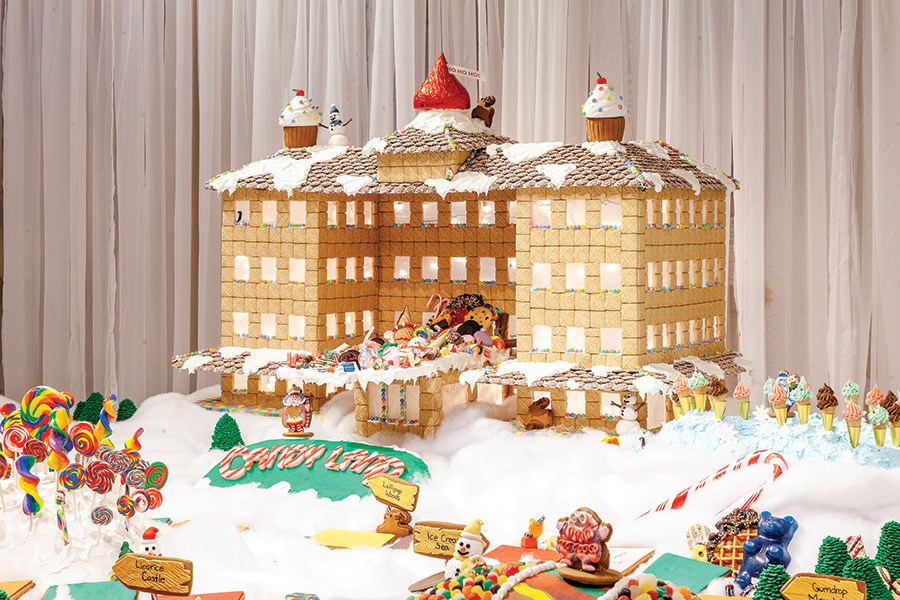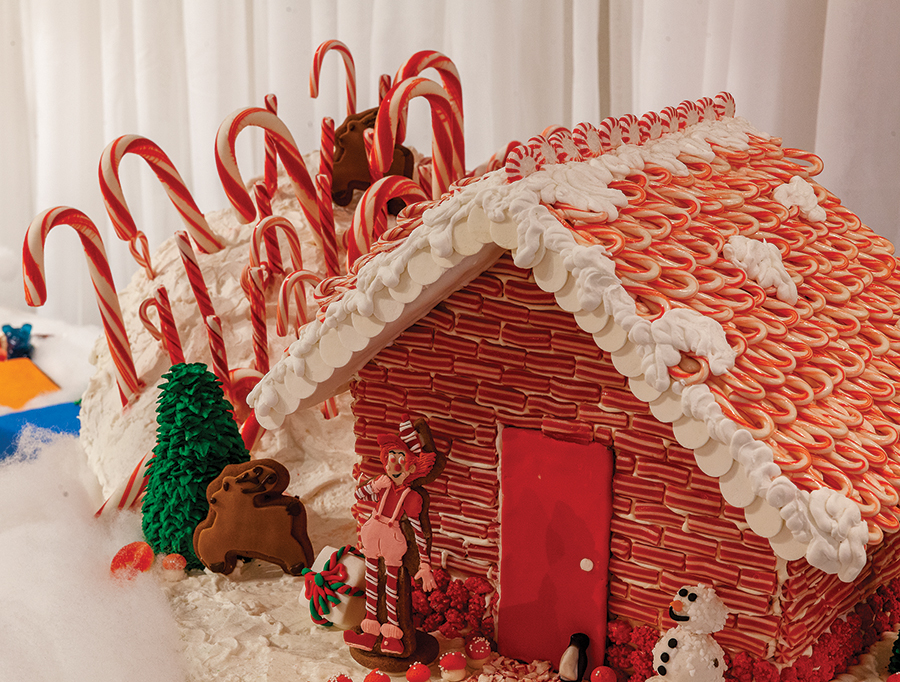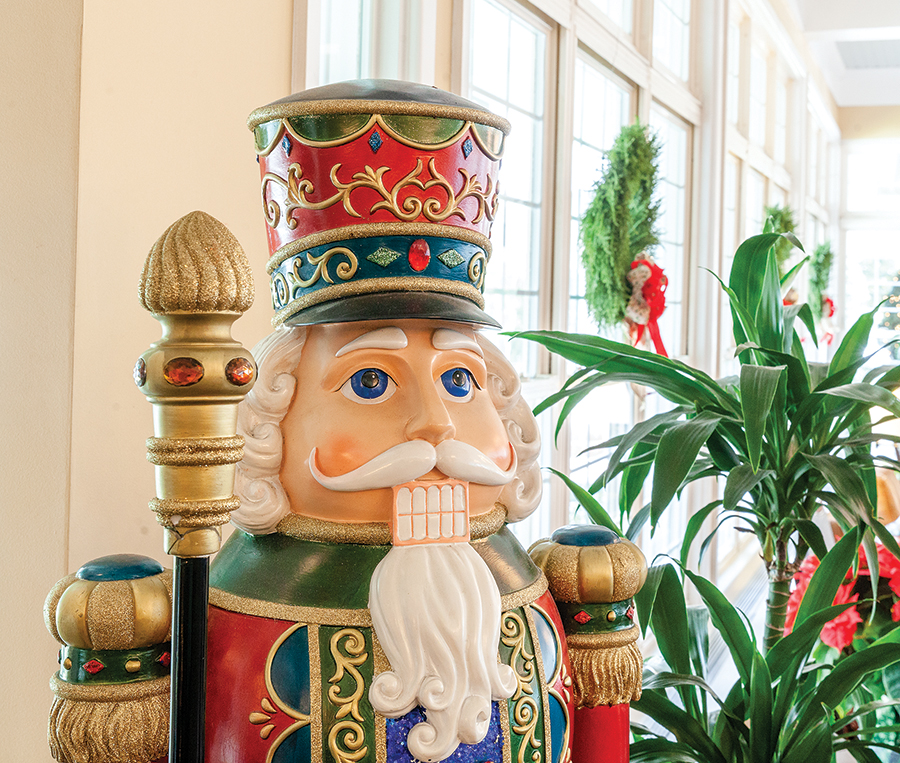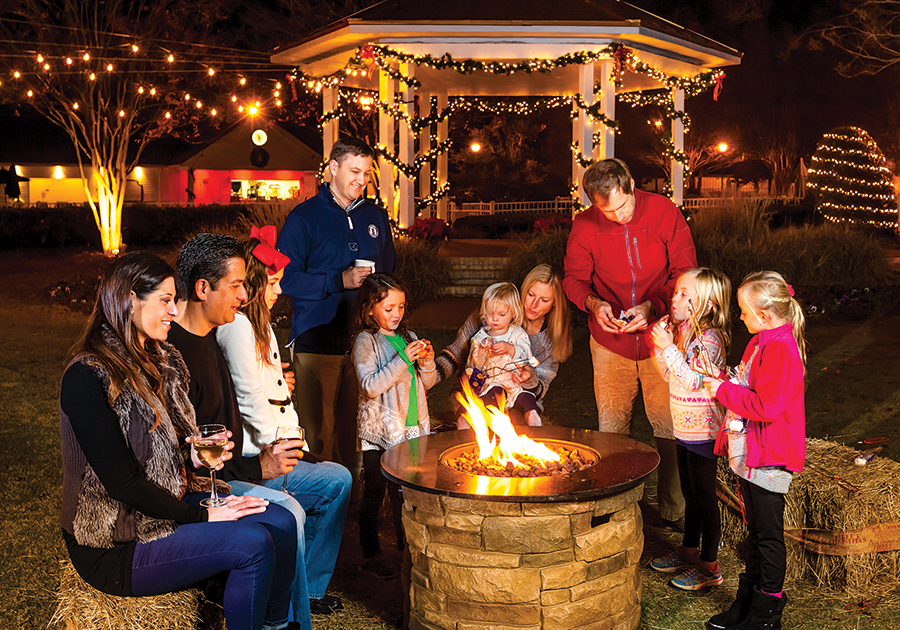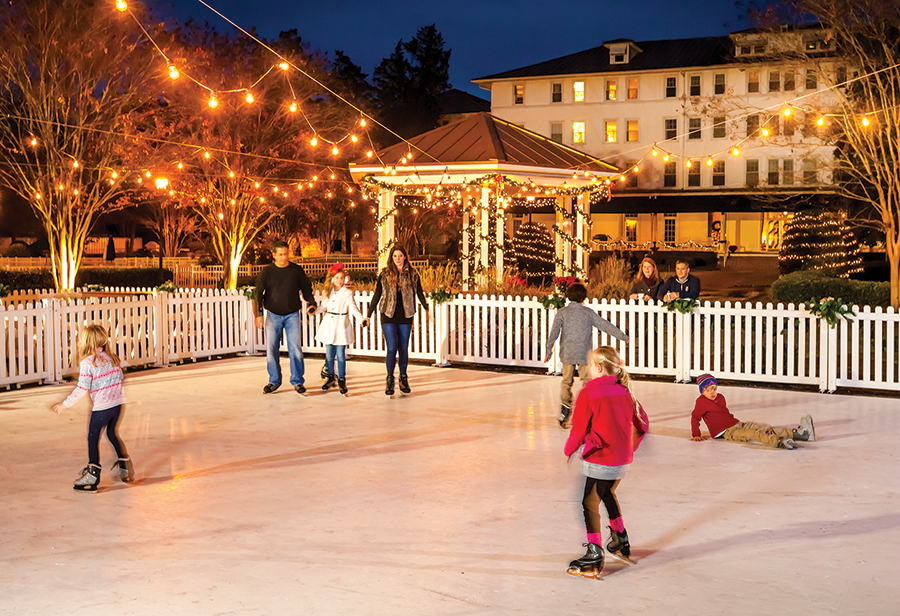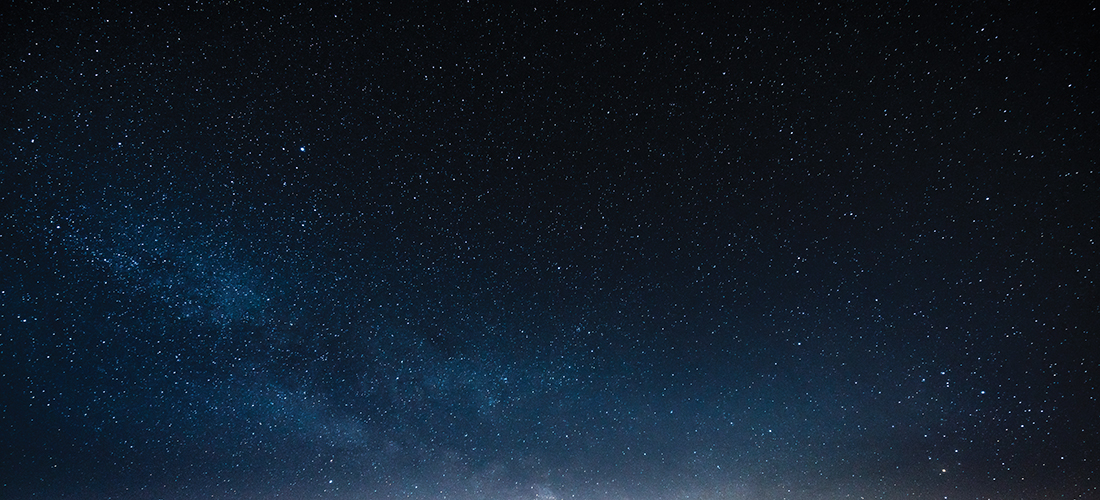Shopping Gets the Boot
One size definitely doesn’t fit all
By Deborah Salomon
I needed some new footwear for a trip to Montreal, to visit my grandsons. I can’t say a “new pair of shoes” because shoes, as long we knew them, have disappeared from the racks. Now, a woman must choose from toe sandals, wedgies, clogs, athletic shoes, shooties, booties and boots.
Shooties, in case you’ve gone barefoot for the past couple of years, are mostly shoes, almost boots. Booties are definitely boots, but short. Very short.
I decided on booties of a material and color that would be OK with jeans, khakis and, if necessary, stretchy black yoga pants.
So I went online.
Zappos was my first stop, where I discovered that leather — even shortened, on sale with free shipping and returns — costs way too much. By then, a cookie was in the wind, drowning my browser in every color, material, size and permutation. I saw snakeskin booties, embroidered denim booties, patent “leather” booties, open-toe booties, studded booties in colors from Oreo brown to Wizard of Dorothy red.
In hopes of escaping the deluge I found something that looked reasonable on Amazon and ordered them, not knowing I would receive minute-by-minute email notifications of their progress.
I felt like Mission Control tracking Apollo 11 to the moon.
While waiting, I shopped Belk. Even if it had been the right day and I presented the right coupon and the booties brand hadn’t been excluded, the price was impossible.
My Amazon booties arrived on time. They were awful, pure plastic, stiff as a board. I will never again order footwear online, which is what I said last time.
Back online, I pulled up my order to investigate returns. Miracle of miracles, all I had to do was print out a label and take the box to Kohl’s, where it was packed and shipped back free. In addition, the lady who accepted the return handed me a Kohl’s 25 percent off coupon.
Smart move. Kohl’s (and other retailers) provides this service to get people into the store, since the coupon wasn’t good for online orders.
Fair enough. I’ll look at their booties.
I found a reasonable little number in taupe suede — taupe being the color of granny’s support stockings and suede, a less-plastic version of manmade. They were on sale, like everything else at Kohl’s. But alas, no taupe in my size. Only green and black.
Who wears green booties? I tried them on for size. Definitely Peter Pan.
Not to worry. The saleslady directed me to a kiosk where, 10 prompts later (with her assistance), my booties were ordered and would be delivered free. However, if I chose to order them in the comfort of my home, delivery charges apply.
The booties arrived as promised. Ten minutes after the handover, I received an email saying they had been delivered.
Honestly, I don’t know whether to laugh or cry. Instead, I remember how new shoes used to be such an event. The “fitter,” usually a man wearing shirt and tie but no jacket, measured feet on an instrument resembling a wide slide rule. Then he brought out several sizes, perhaps a similar style to keep the sale alive in case the first choice disappointed. Then he pushed shoe polish, or a suede brush, or extra shoelaces.
“Perhaps madam would be interested in a matching handbag?”
Why am I telling you this? Nobody cares about my footwear.
Because ’tis the holiday shopping season, hardly recognizable. I remember movies like The Godfather with scenes of shoppers strolling down Fifth Avenue, laden with packages. I don’t miss standing in line at the post office. I appreciate saving money, time and energy. But something is missing: the thrill of the chase, of finding and touching the cashmere sweater in your mate’s favorite color. Of appreciating the sparkle in a teddy bear’s eye. Of collapsing at a lunch counter for an egg salad sandwich and fountain Coke. This was part of the holiday experience, now devolved into camping out at the store with obscenely huge TVs and coveted video game loss leaders. Besides, you never actually see the gift ordered online and sent directly to a sister, a grandparent. Will it be nice, or awful, like the cheapo booties I returned?
I know, I know. Who has the patience? And where are the one-stop department stores that gift-wrapped free . . . and delivered?
To be fair, the internet stocks every color in every size. Cyber Monday has turned into an orgy of running the list, getting it over in a sitting or two. Gift cards remove the human element completely.
But something is lost in transit, some connection between giver and recipient, a gift itself.
Thankfully, our little towns have lovely options — maybe not in every size and color, but selected, in person, by the giver — no bar code, no back order, no 28-digit tracking number.
No time? That’s what I can’t figure out. With so many time-saving devices at our fingertips . . . why not? PS
Deborah Salomon is a staff writer for PineStraw and The Pilot. She may be reached at debsalomon@nc.rr.com.


